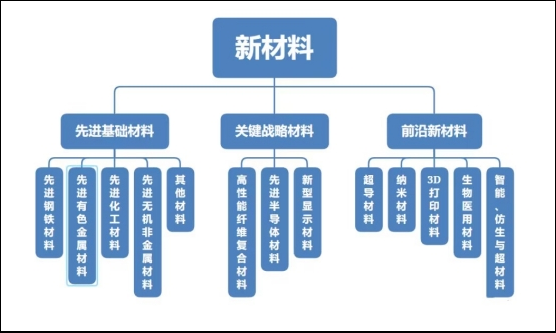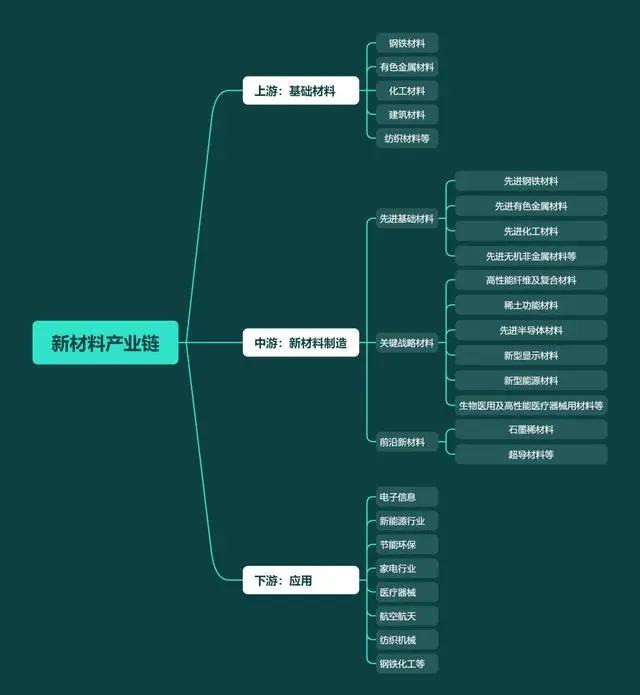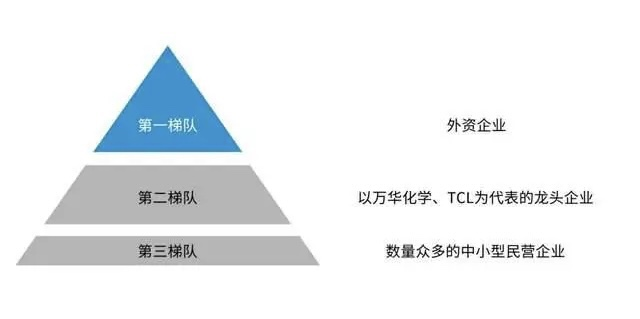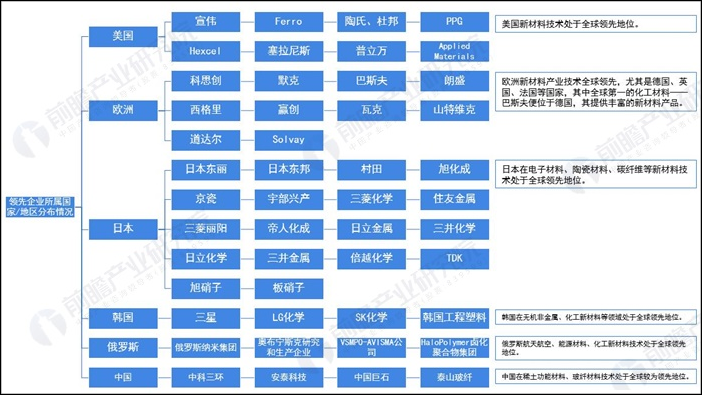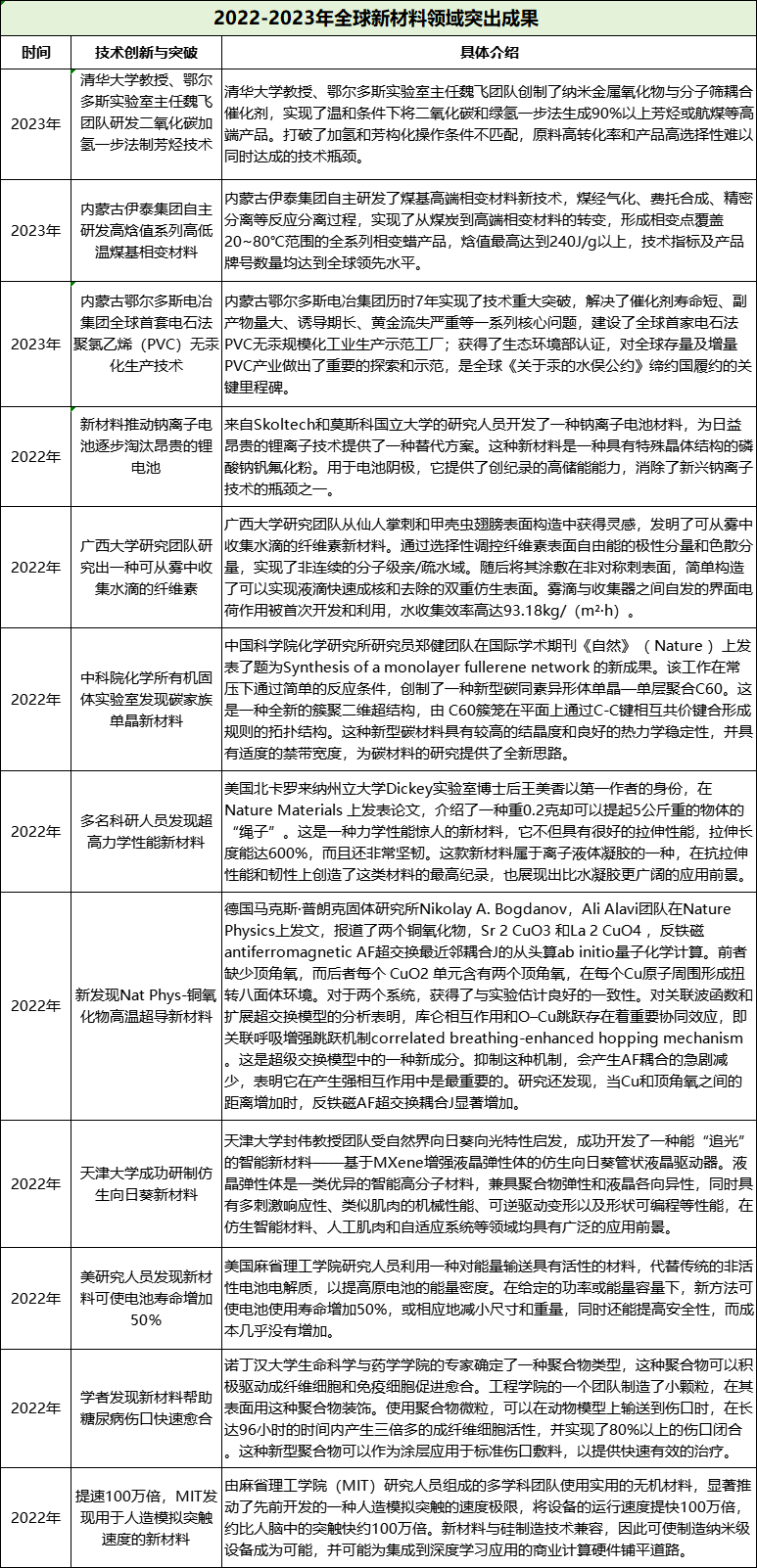In recent years, China has accelerated the development of strategic emerging industries such as new generation information technology, high-end equipment manufacturing, and new energy, and implemented major projects in national economy and defense construction. The new materials industry needs to provide support and guarantee, and the future development space of the new materials industry is vast. According to statistics, the output value of China’s new materials industry has increased from approximately 1 trillion yuan in 2012 to 6.8 trillion yuan in 2022, with a total scale growth of nearly 6 times and a compound annual growth rate of over 20%. The output value of China’s new materials industry is expected to reach 10 trillion yuan by 2025.
1.Overview of the New Materials Industry
New materials refer to newly developed or developing structural materials with excellent performance and functional materials with special properties. According to the Development Guidelines for the New Materials Industry, new materials are mainly divided into three categories: advanced basic materials, key strategic materials, and cutting-edge new materials. Each category also includes specific sub fields of new materials, with a wide range.
New material classification
China attaches great importance to the development of the new materials industry and has successively listed it as a national high-tech industry and a key strategic emerging industry. Multiple plans and policies have been formulated to vigorously promote the development of the new materials industry, and the strategic position of the new materials industry continues to rise. The following diagram shows the new material map for the 14th Five Year Plan:
Subsequently, multiple provinces and cities have also introduced development plans and special policies to encourage and support the development of the new materials industry.
2.New materials industry
◾ Industrial chain structure
The upstream of the new materials industry chain includes steel materials, non-ferrous metal materials, chemical materials, building materials, textile materials, etc. The midstream new materials are mainly divided into three categories: advanced basic materials, key strategic materials, and cutting-edge new materials. Downstream applications include electronic information, new energy vehicles, energy conservation and environmental protection, home appliance industry, medical equipment, aerospace, textile machinery, construction and chemical industries, etc.
Map of the New Materials Industry Chain
◾ space distribution
China’s new materials industry has formed a cluster development model, with a focus on the Bohai Rim, Yangtze River Delta, and Pearl River Delta, and a prominent distribution of industrial clusters in the Northeast and Central and Western regions.
◾ Industry landscape
The new materials industry in our country has formed a competitive pattern of three tiers. The first tier is mainly composed of foreign-funded enterprises, with American companies leading the way. Japanese companies have advantages in fields such as nanomaterials and electronic information materials, while European companies have obvious advantages in structural materials, optics, and optoelectronic materials. The second tier is mainly composed of leading enterprises, represented by companies such as Wanhua Chemical and TCL Central. With the favorable national policies and breakthroughs in high-end technology, China’s leading enterprises are gradually approaching the first tier. The third tier is mainly composed of a large number of small and medium-sized enterprises, mainly using advanced basic materials, with fierce competition.
The competitive landscape of enterprises in China’s new materials industry
3.Global competitive landscape
The innovation entities of the new materials industry are developed countries and regions such as the United States, Japan, and Europe, which have the vast majority of large multinational corporations and absolute advantages in economic strength, core technology, research and development capabilities, market share, and other aspects. Among them, the United States is a comprehensive leading country, Japan has advantages in the fields of nanomaterials, electronic information materials, etc., and Europe has obvious advantages in structural materials, optics, and optoelectronic materials. China, South Korea, and Russia are closely behind and currently belong to the second tier in the world. China has comparative advantages in semiconductor lighting, rare earth permanent magnet materials, artificial crystal materials, South Korea in display materials, storage materials, and Russia in aerospace materials. From the perspective of the new materials market, North America and Europe currently have the world’s largest new materials market, and the market is relatively mature. In the Asia Pacific region, the new materials market is in a stage of rapid development.
4. Outstanding achievements in the global field of new materials
Post time: Dec-19-2023

